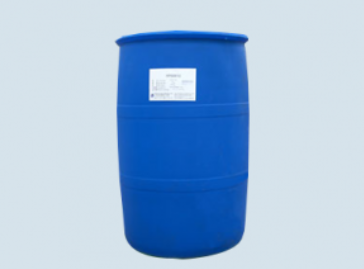The solubilization of surfactant promotes the supersaturation of oxygen in aqueous solution, which is equivalent to increasing the saturated solubility of oxygen in aqueous solution. The saturation solubility of oxygen in aquaculture water is generally less than 9 mg / L. the addition of surfactant can increase the saturation solubility of oxygen in aquaculture water.

According to the hydrate formation theory and the double membrane theory, since the solubility of oxygen in water is very small, the water oxygenate in water generally forms at the gas-liquid interface first, and then slowly diffuses from the gas phase to the liquid phase. In the water containing surfactant, due to the solubilization of surfactant, a large amount of oxygen is dissolved in the surfactant micelles formed in the aqueous solution. In this way, the formation of water oxygenates in the surfactant aqueous solution can occur not only at the gas-liquid interface, but also in the water body, which reduces the formation time of water oxygenates and improves the efficiency of oxygen in the water body Solubility.
Mechanism and application of surfactant in EOR.
1) Active water flooding. The function of surfactant aqueous solution is: A to reduce the dispersion of crude oil in water; B to change the wettability of formation surface; C to increase the dispersion of crude oil in water; D to change the fluidity of crude oil to reduce the maturity and ultimate shear stress of crude oil.
2) Alkali water drive. Alkali water flooding is a method to make naphthenic acid in crude oil react with alkali to form soap surfactant. The cost of this method is low, but it is more effective to add some auxiliary surfactants.
3) Thickening water flooding. In order to improve crude oil recovery, partially hydrolyzed polyacrylamide can be used as the thickener of injected water, and sometimes fatty alcohol polyoxyethylene ether sulfate or sulfonate and surfactant can be used as the thickener.